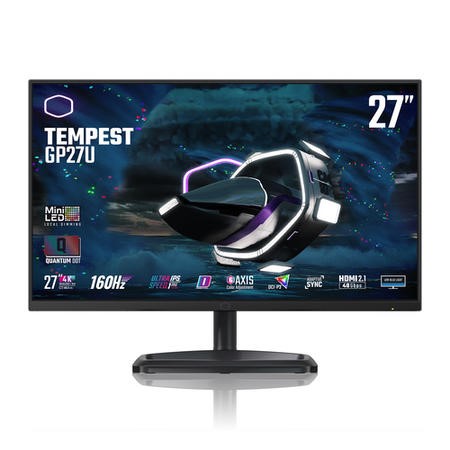davis.anthony
Veteran
wow, the difference in Resident Evil 2 and Dying Light 2 is staggering.
There are a few games where the difference is insane and a few games with an insane difference but still with some blooming.
And that's the thing really, 576 dimming zones is enough to get you at OLED levels 85-90% of the time, other times there will still be bloom.
There are some monitors now with 2300+ dimming zones (One monitor has just over 5000!!) and when the IPS black panels start hitting the market the mini-led market is going to become very interesting.
How do you disable FALD just to test it out myself on my TV (QLED)?
Not quite sure what you mean here?
I did this video before I moved to OLED, the blooming with FALD on isn't visible to the eye, it's just picked up by the really sensitive camera sensor.
Video - FALD on vs off
Last edited:






